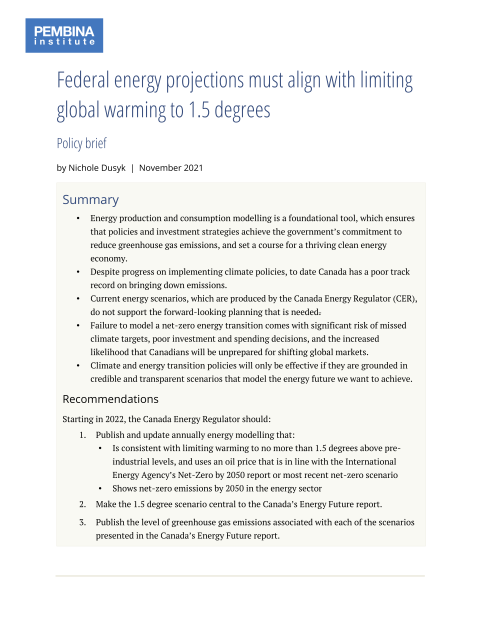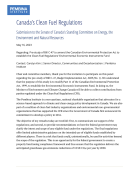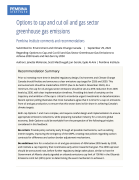Energy production and consumption modelling is a foundational tool, ensuring that policies and investment strategies achieve the government’s commitment to reduce greenhouse gas emissions as per the Paris Agreement and set a course for a thriving clean energy economy.
Currently, the energy scenarios produced by the Canada Energy Regulator (CER) do not support the forward-looking planning that is needed in the era of climate change. Failure to model an energy transition that achieves net-zero emissions comes with significant risk of missed climate targets, poor investment and spending decisions, and the increased likelihood that Canadians will be unprepared for shifting global markets.
Successfully navigating a clean energy transition requires modelling the energy future we want to realize. Climate action and clean energy policies will only be effective if they are grounded in credible and transparent scenarios.
Recommendations
Our recommendations on modelling future energy supply and demand scenarios are as follows:
Starting in 2022, the Canada Energy Regulator:
- Publish and update annually energy modelling that:
- Is consistent with limiting warming to no more than 1.5 degrees above pre-industrial levels, and uses an oil price that is in line with the International Energy Agency’s most recent net-zero scenario
- Shows net-zero emissions by 2050 in the energy sector
- Make the 1.5 degree scenario central to the Canada’s Energy Future report.
- Publish the level of greenhouse gas emissions associated with each of the scenarios presented in the Canada’s Energy Future report.








